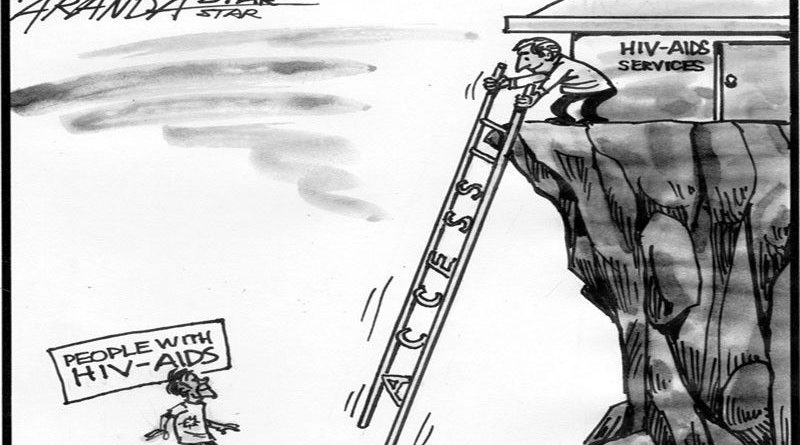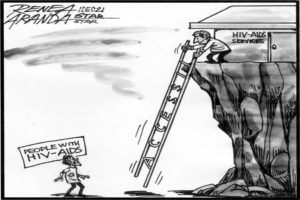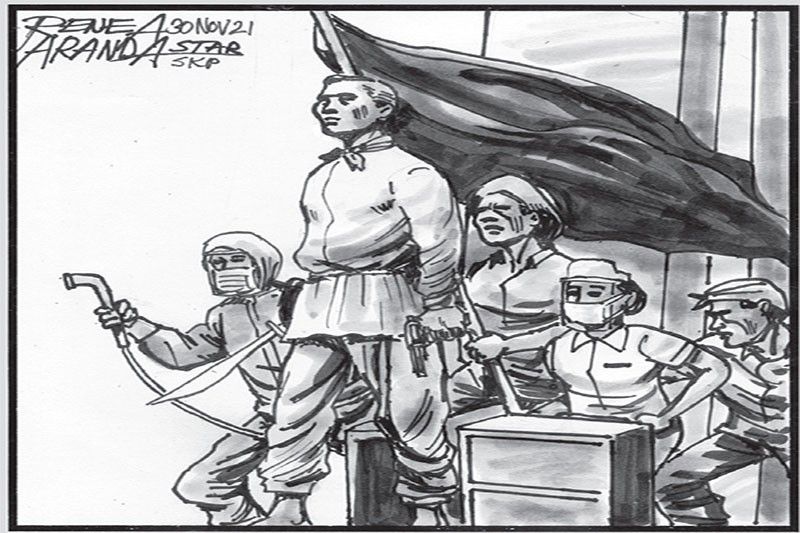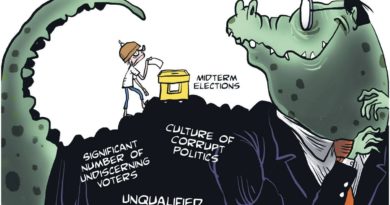EDITORIALS & CARTOONS: The other pandemic
.

EDITORIAL- The politics of Omicron
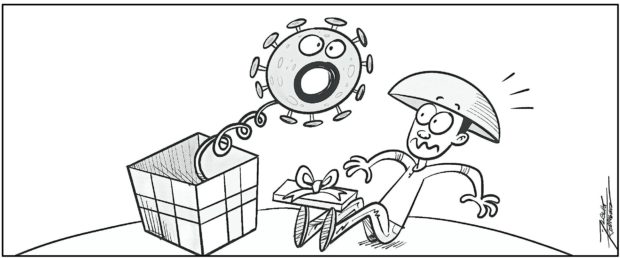
And just as the number of COVID-19 cases in our neck of the woods steadily goes down, with the OCTA Research Group noting that a 29-percent decrease in daily infections in the week Nov. 21-27 led to an average 954 cases (the lowest since July 2020), a new coronavirus variant first detected by South African scientists has compelled the World Health Organization (WHO) to warn of a “very high” global risk.
The B.1.1.529 variant named Omicron bids fair to throw a wet blanket over holiday plans all over the planet, particularly in this country that celebrates the world’s longest Christmas season. Already, many Filipinos are venturing outside their homes seemingly en masse, crowding entertainment and shopping centers for lack of parks and other outdoor spaces, and generally behaving in a manner encouraging to big and small businesses long mired in the doldrums.
Already, the government has announced — and then suspended — the opening of borders to fully vaccinated foreign travelers with visa-free privileges and from “green list” countries during the period Dec. 1-15, with looser quarantine and testing protocols to make their arrival less encumbered.’
But Omicron gives everyone pause. It also makes a fact of modern life quite clear: The coronavirus will not vanish like a bad dream anytime soon.
For one, the remarkable infection surge in parts of Europe such as Germany, Austria, the Netherlands, etc., suggests similar impending surges here and elsewhere. For another, even as the number of daily infections here has dropped (only last Sept. 11 it was 26,303, the highest single-day tally since the pandemic began), the number of deaths constantly in the hundreds is worrying (for example, 193 on Nov. 25, as opposed to most other Asean countries: 16 in Indonesia, 37 in Malaysia and Thailand, 125 in Vietnam, 8 in Myanmar, 6 in Singapore, 4 in Cambodia, 1 in Lao PDR, and 0 in Brunei).
.

